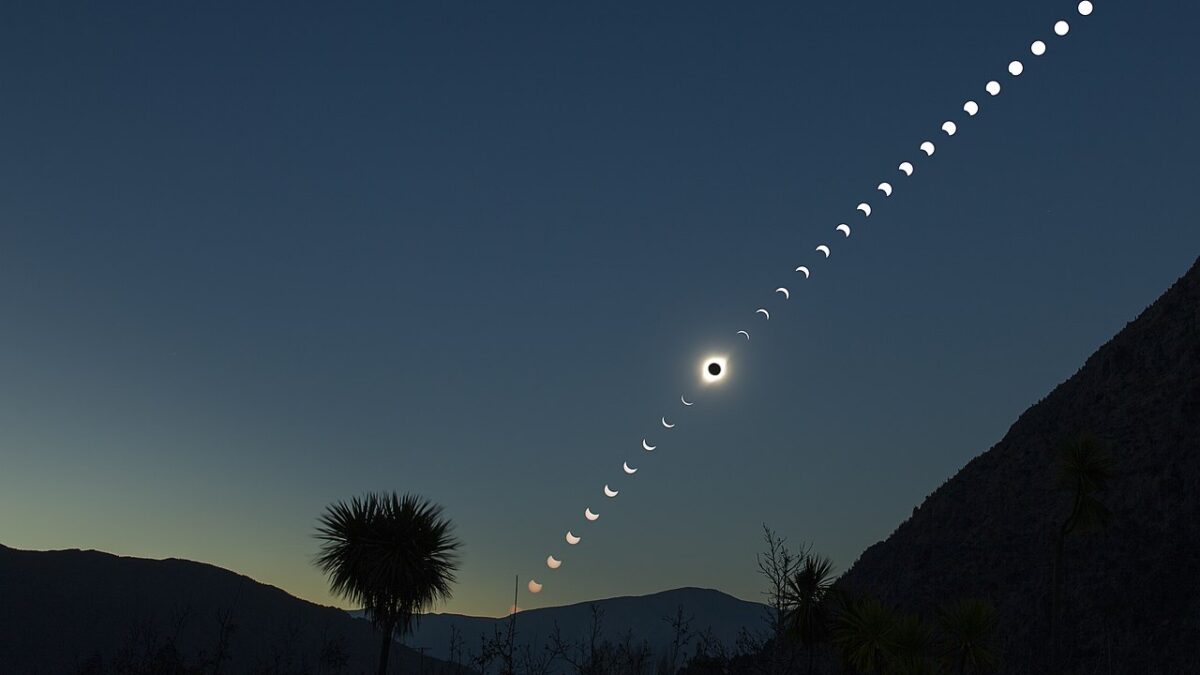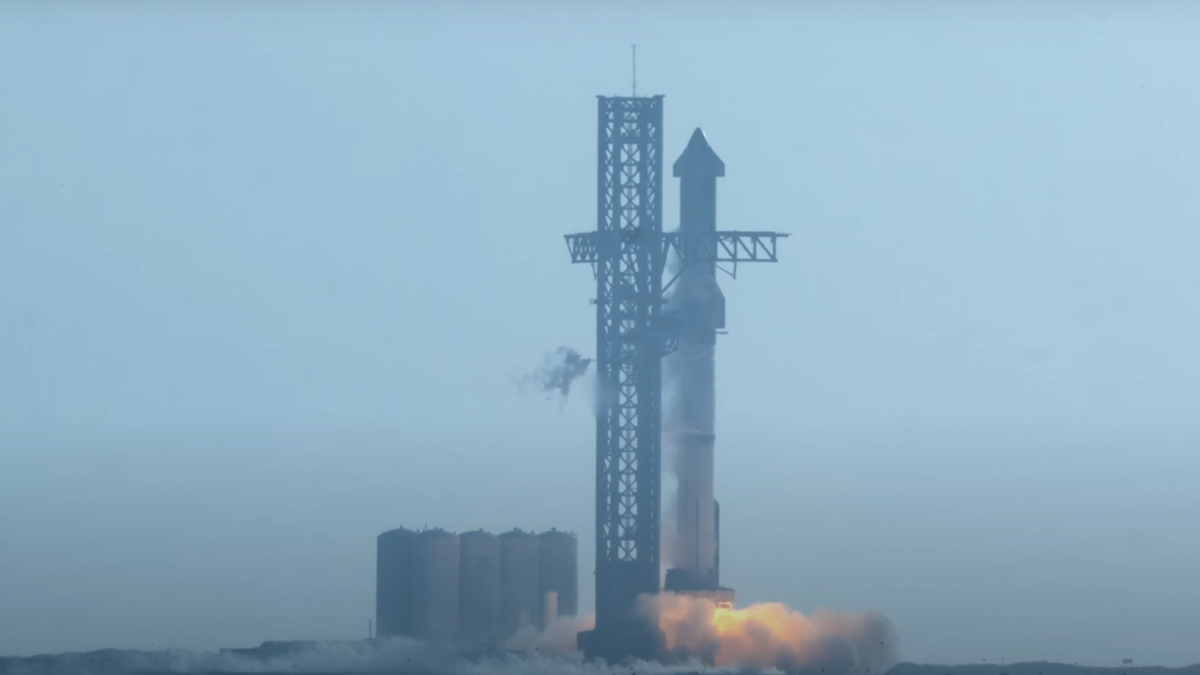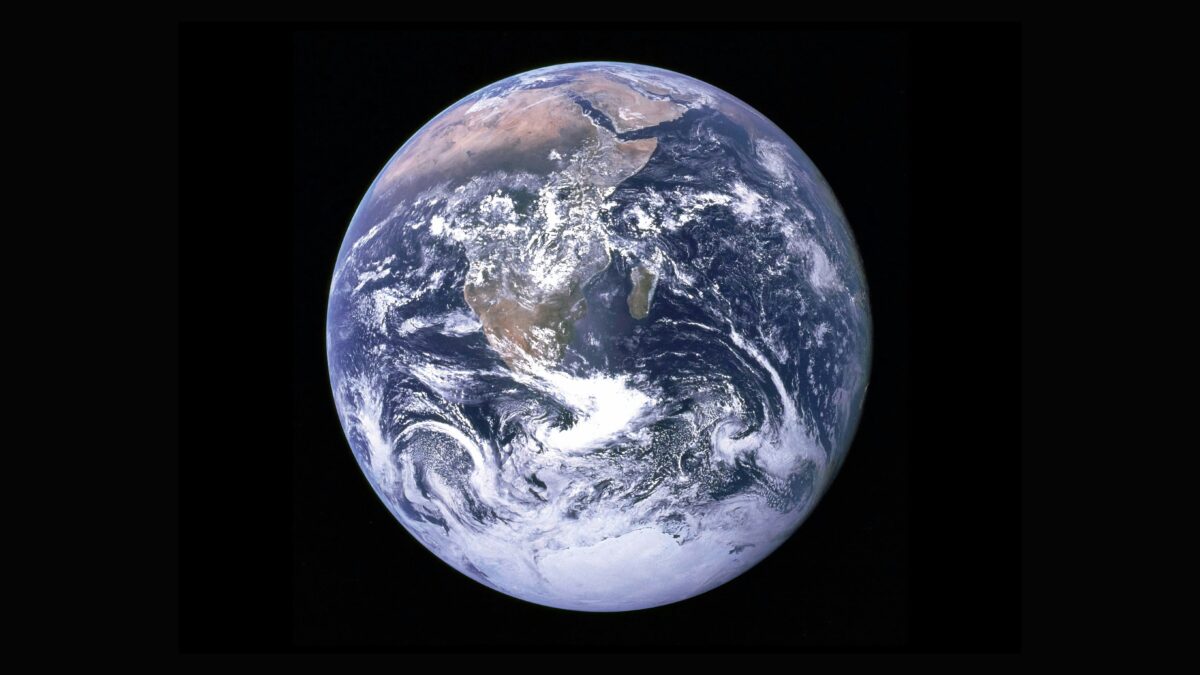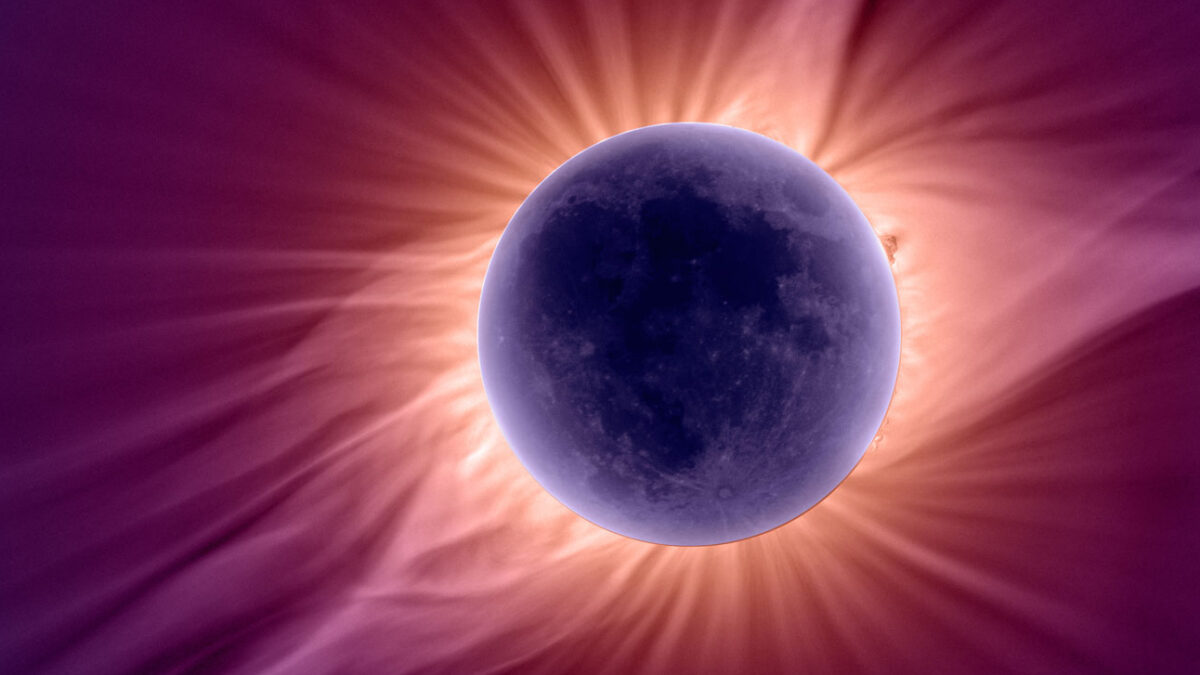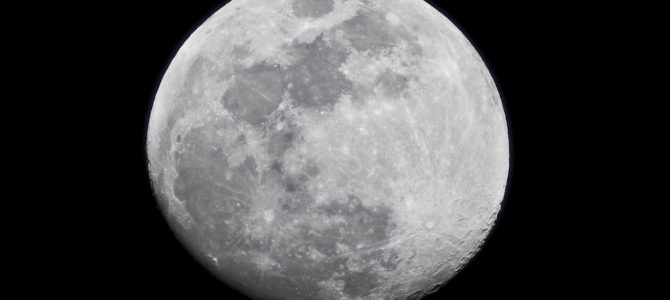
Earlier this week, SpaceX announced it plans to send two tourists to the moon next year, and I nearly spit my coffee all over the place before laughing for a solid three minutes.
It had to be a joke, right? SpaceX — the same company that’s repeatedly missed deadlines to send NASA astronauts to the International Space Station (ISS) and keeps blowing up rockets carrying expensive payloads — has the temerity to pretend they can send two humans to the moon by next year?
When will everyone realize that Elon Musk’s space company is just trolling us all? They like to talk a big game. (Does “We’re going to colonize Mars by 2024!” sound familiar?) The reality, however, paints a very different picture.
Eric Berger of Ars Technica put together this helpful timeline of SpaceX’s relationship with NASA, which I will condense here.
- June, 2015: SpaceX’s Falcon 9 rocket blows up two minutes into flight and NASA loses a bunch of very expensive equipment it was paying to carry to the ISS. In response, the government agency threw its full support behind the company.
- September, 2016: A Falcon 9 rocket exploded on the launch pad during a test designed to simulate the way a launch would work with a crew aboard, destroying the satellite payload. NASA realized the danger a crew would have faced had they been in the rocket. Since this accident, they’ve been increasingly skeptical of the company’s ability to safely ferry human passengers and have said they may end up buying tickets aboard Russian spacecraft due to safety concerns.
- 2016: SpaceX announced plans to colonize Mars sometime in the next decade and need $10 billion to make it happen. The weird part is that NASA already made plans to get to the red planet.
- December 2016: SpaceX tried to quietly push the 2017 deadline on finishing up its Crew Dragon to send astronauts to the ISS to 2018.
- Early February, 2017: NASA said the White House asked the agency to start looking into sending two astronauts to the moon in 2019.
- February 27, 2017: SpaceX announces plans to send two tourists to the moon in 2018, essentially igniting a space race with the government agency that’s been propping up the private company all along.
So in between missing deadlines and blowing things up, SpaceX promises its investors things that are increasingly more far-fetched, like colonizing Mars by 2024, or sending tourists to the moon by 2018 who have pre-paid their passage. It’s enough to make one wonder what is really going on.
This kind of behavior is typical of companies run by Elon Musk. Tesla, his car company, likes to set ambitious goals and then not follow through, Kevin J Ryan of Inc.com writes.
Tesla has missed more than 20 production and financial targets in the past five years, according to a report from the The Wall Street Journal. The company missed 10 of those goals by an average of almost a year.
In May, Musk said he planned on delivering 17,000 cars to customers in the second quarter. In July, Tesla announced it had delivered 14,370, missing its target by 15 percent.
The much-hyped $35,000 Model 3 sedan, which is currently slated to launch next year, originally had a target rollout of 2014. And even 2017 might be ambitious: Musk recently said he doesn’t expect production to start by July 1 of next year.
Earlier this month, the billionaire entrepreneur announced another set of lofty goals. He said he wants to increase Tesla’s weekly output by 50 percent in the second half of 2016 compared to the first half. And he wants to produce one million cars per year by the end of 2020. In total, Tesla has sold about 140,000 cars since 2008.
But back to SpaceX. The company’s announcement to go full George Bailey on us all comes off the heels of several government audits detailing issues with SpaceX’s Falcon 9 rocket, and revealing that the California company was struggling to meet its deadline to send humans to the ISS. NASA announced if Musk’s company couldn’t make it happen it would be forced to rely on Russia for safe passage to the ISS come 2019.
“I find it extraordinary that these sorts of announcements are being made when SpaceX has yet to get crew from the ground to low-Earth orbit,” Mary Lynne Dittmar, of the Coalition for Deep Space Exploration told The New York Times. Preach, Mary Lynne!
What’s really infuriating about SpaceX’s recent announcement is that its bold lunar travel plan is only possible thanks to support from taxpayers (read: suckers) like me. Here’s The Economist’s take:
This is not, though, a simple story of private versus public. For one thing, SpaceX can offer such a trip only thanks to NASA’s previous largesse. The company’s Dragon space capsule, in which the moon tourists would fly, was developed to carry first cargo and, soon, people up to the International Space Station—services for which NASA pays generously. For another, NASA might end up deciding to pay SpaceX for its moon jollies, just as it pays for rides to the space station.
So not only did SpaceX gladly lap up $2.6 billion in federal funds to develop technology to send people to the ISS, which they’ve yet to actually deliver on, but they’ve also turned around and are using that technology to start a space race with NASA.
President Trump has recently hinted he might make NASA great again. If so, SpaceX knows they’ve gotta beat the federal agency to the punch in order to stay in business, as NASA is their most important customer and a potential competitor. Yet the question remains: can SpaceX pull it off? Can it get people to the moon by next year? Can it do just about anything it’s promised?
If their track record is any indication, we can expect lofty promises that gin up headlines and draw our collective attentions away from missed deadline after missed deadline. In other words, I’ll believe my tax dollars were well invested in SpaceX when they successfully bring humans to the places they’ve promised to take them.


